Few things are as satisfying as seeing your tomato plants bursting with vibrant red fruits—until they start to wilt, turn yellow, or show mysterious signs of distress. Before you throw in the towel, know that most tomato problems can be fixed with the right care. Here’s how to bring your tomato plant back to life and keep it thriving.
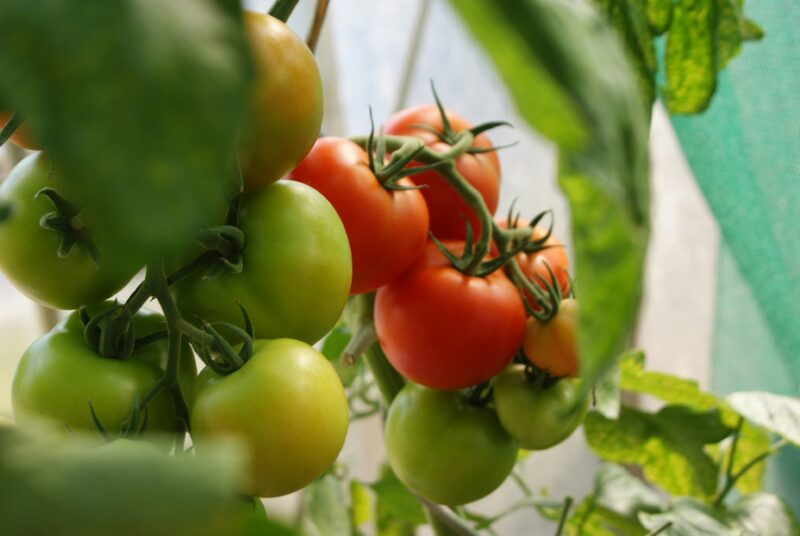
Understanding the root cause of your tomato plant’s struggles is the first step. Here are some common problems to watch out for:
Tomatoes are picky about water. Overwatering or underwatering often leads to yellow leaves, root damage, and drooping plants.
Solution: Water 2-3 times a week at the base of the plant, ensuring the soil stays consistently moist but not waterlogged. Using a soaker hose or self-watering system can help maintain balance.
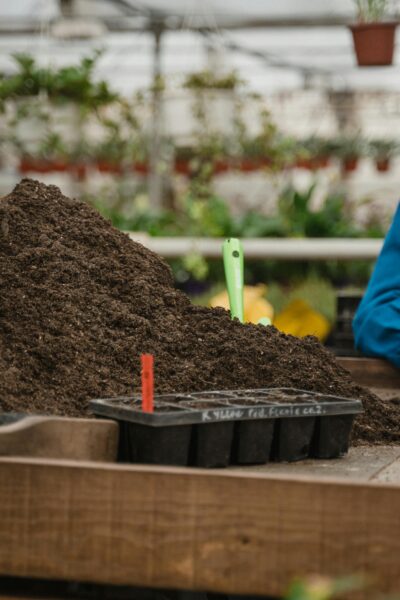
Tomatoes love nutrient-rich, slightly acidic soil (pH 6.0–6.5). A lack of essential nutrients like nitrogen, potassium, or calcium can lead to poor growth and fruit problems, such as blossom end rot.
Solution: Conduct a soil test to identify deficiencies, then add well-balanced fertilizer or natural amendments like compost or bone meal as needed. Visit Tomato Leaves Turning Brown: What to Do About It for practical advice on tackling such issues.
| Nutrient | Deficiency Signs | Remedy |
|---|---|---|
| Calcium | Brown, mushy spots on fruit | Add calcium-rich soil amendments, like lime or gypsum |
| Nitrogen | Yellowing, stunted growth | Apply nitrogen-rich fertilizers or plant beans nearby |
| Potassium | Yellow leaf edges | Use potassium-specific fertilizers |
If your plant is suffocating in compacted soil or water-retaining clay, it won’t receive the oxygen it needs. Similarly, overcrowding plants can limit airflow, creating conditions ripe for disease.
Solution: Use loamy, well-draining soil. For container plants, ensure pots have proper drainage holes and repot if necessary with fresh soil. Space plants at least 18-24 inches apart to improve airflow.
Aphids, root-knot nematodes, and stalk borers are frequent culprits behind wilting and sticky leaves. Aphids, for instance, leave behind a honeydew residue that can attract fungal growth.
Solution: Remove pests using natural insecticidal soap or a strong water spray. Keep weeds in check to minimize habitat for pests like stalk borers.
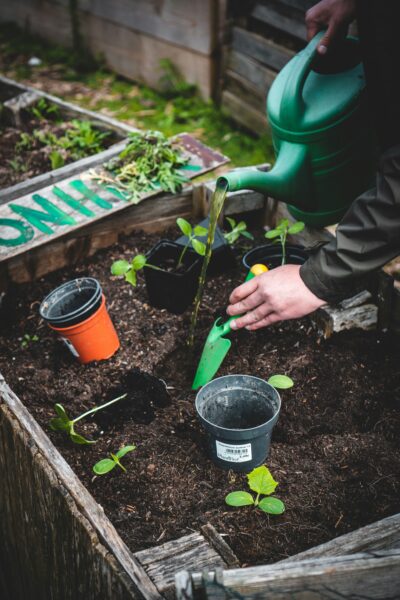
Tomatoes are susceptible to fungal wilts (like Fusarium and Verticillium), blight, and the dreaded Tomato Spotted Wilt Virus (TSWV). These diseases typically manifest as leaf yellowing, brown spots, or wilting. For more detailed solutions on tomato plant diseases, refer to Tomato Plant Diseases and How to Stop Them.
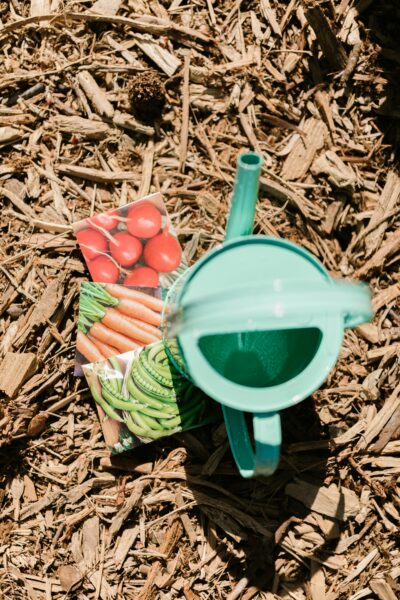
Tomatoes are sun lovers, demanding 6-8 hours of direct sunlight daily. Insufficient sunlight weakens plants, while too much can scorch fruit.
Solution: Adjust the plant’s position to balance between light needs and protection from scorching afternoon sun using shade cloth if necessary.
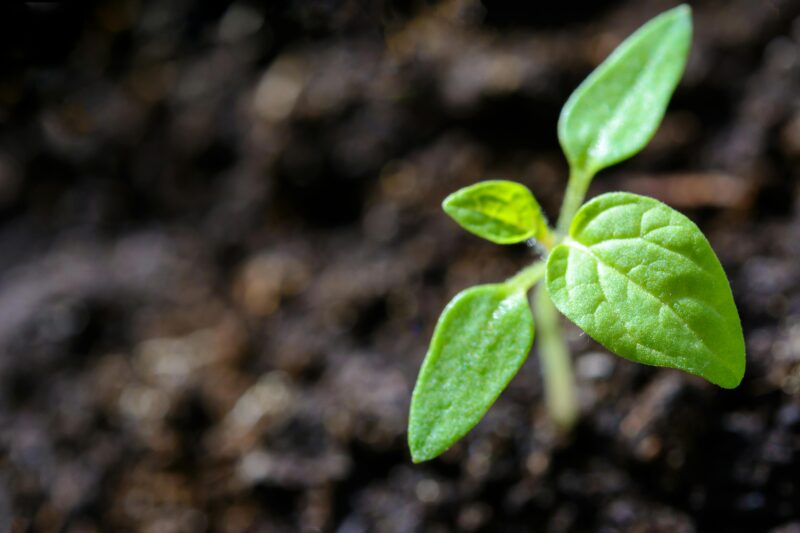
Extreme heat or cold can shock tomato plants. Mulch can help regulate soil temperature, prevent water evaporation, and suppress weed growth.
Solution: Add a layer of mulch (like straw or shredded leaves) around the base of the plant while leaving an inch of space near the stem to prevent rot.
Saving a dying tomato plant isn’t about quick fixes—it’s about methodically addressing the plant’s needs. Start by identifying the most obvious issues, whether it’s watering habits, soil quality, or pest control. Take corrective action and monitor progress carefully. With consistent care and early intervention, you’re well on your way to reviving your tomatoes and enjoying a fruitful harvest.
Have you dealt with a dying tomato plant recently? Share your tips in the comments below—your insights could save someone else’s garden!
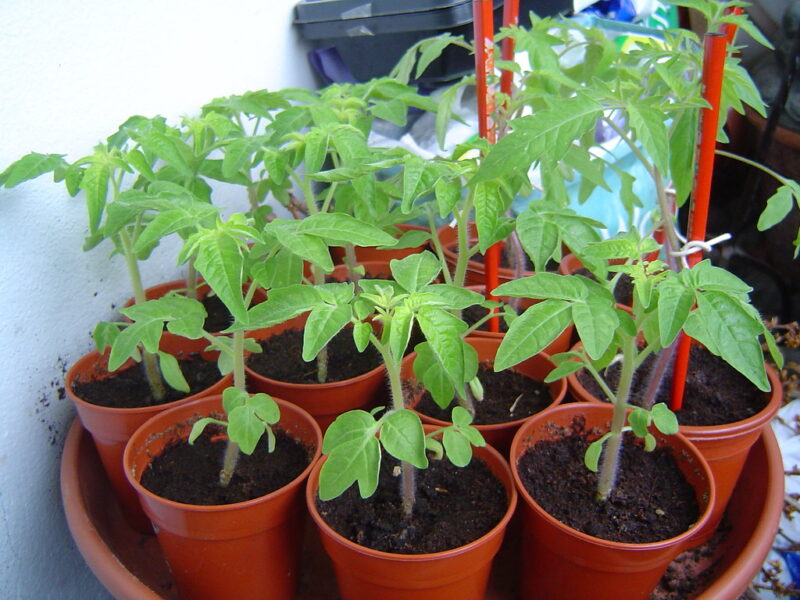
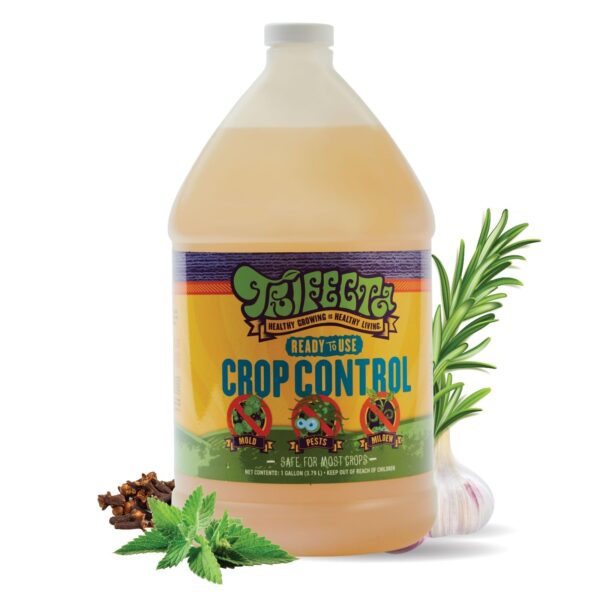
Trifecta-Insecticidal-Fungicide-Commercial-Pesticide/dp/B07YNX3NZY
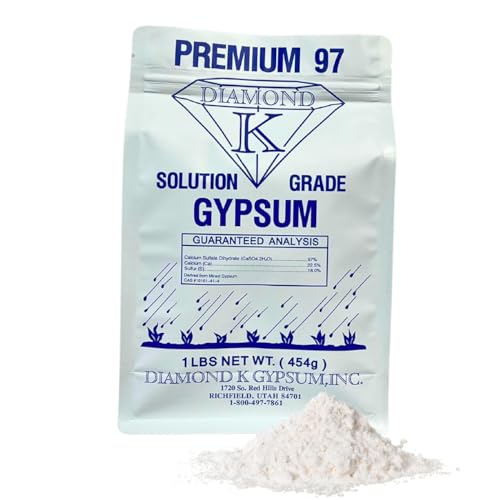
Supply-Solutions-Gypsum-Powder-Houseplant/dp/B0CX2X2DNX
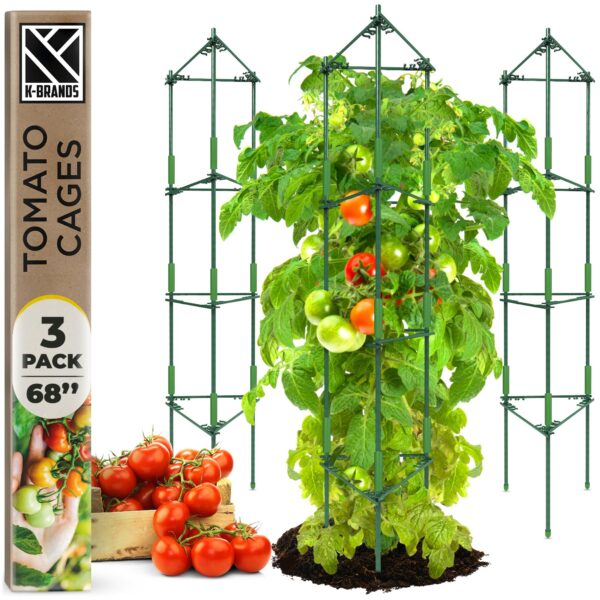
K-Brands-Tomato-Cage-Stakes-Support/dp/B07QHKJ77B
I hope these tips help you breathe new life into your beloved tomato plants and keep your garden thriving! Gardening is such a rewarding hobby, and I'm thrilled to share these insights with you. I'd love to see how your garden grows—feel free to tag us in your photos on Instagram or get creative and share your progress on Pinterest. Plus, if you have any questions or want to chat more about gardening hacks, connect with us on X (formerly Twitter) or join our community on Facebook. Let's keep the conversation growing, and happy gardening! 🌱
When tomato plants appear wilted due to dry soil, they can be revitalized with proper watering. Ensure you water them thoroughly once a week during periods of hot, dry weather. Applying water directly to the soil at the plant's base using a garden or soaker hose will yield the best results.
Tomato plants will not regrow once they have died. Plants are classified as either annuals or perennials. Annuals last only for a single growing season, whereas perennials return each year. Most vegetables, including tomatoes, are annuals, intended to be cultivated and harvested within one season.
Tomato plants are generally resilient to minor root damage, especially when they are mature. They may experience some initial shock, but can typically recover in a few days to several weeks, depending on the extent of the damage.
Even with adequate soil moisture, tomato plants experiencing heat stress may display symptoms such as reduced growth, fewer leaves, smaller and curled leaves, and desiccated flowers.

Immerse yourself in architecture’s most boundary-pushing ideas—where innovative home improvements meet visionary urban developments. Discover new building techniques, materials, and creative concepts that are redefining how we shape our spaces on a global scale.